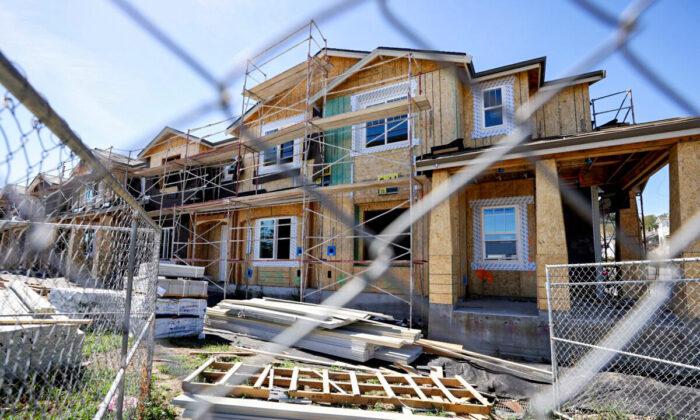The pace of mortgage applications has fallen to a multi-decade low amid high housing interest rates, according to the latest data from the Mortgage Bankers Association (MBA).
The Market Composite Index, a measure of mortgage loan application volume, declined by 14.2 percent on a seasonally adjusted basis for the week ended Sept. 30, 2022, compared to a year earlier. The Refinance Index fell 18 percent from the previous week, while the Purchase Index registered a decrease of 13 percent.
For the week ended Sept. 28, 2022, a 30-year fixed-rate mortgage was 6.70 percent, which is more than double what it was a year ago, at 3.01 percent.
“The current [mortgage] rate has more than doubled over the past year and has increased 130 basis points in the past seven weeks alone,” Kan said.
“The steep increase in rates continued to halt refinance activity, and is also impacting purchase applications, which have fallen 37 percent behind last year’s pace.”
Mortgage numbers were also affected by Hurricane Ian hitting Florida last week, as it triggered widespread evacuations and closures, he noted. Mortgage applications in Florida alone fell by 31 percent.
Federal Rates
On Sept. 21, the Federal Reserve raised its benchmark federal funds rate by 0.75 percentage points, to a range of 3.0–3.25 percent. In February, the fed funds rate was only at 0.08 percent.This increase in federal rates has inevitably caused a rise in mortgage rates as well, contributing to the dampening of housing demand.
Between February and September, the average interest rate on a 30-year fixed-rate mortgage rose from 3.55 percent to 6.70 percent, according to mortgage lender Freddie Mac.
“Given the prospects for a more challenging macroeconomic environment, home prices may well continue to decelerate.”





